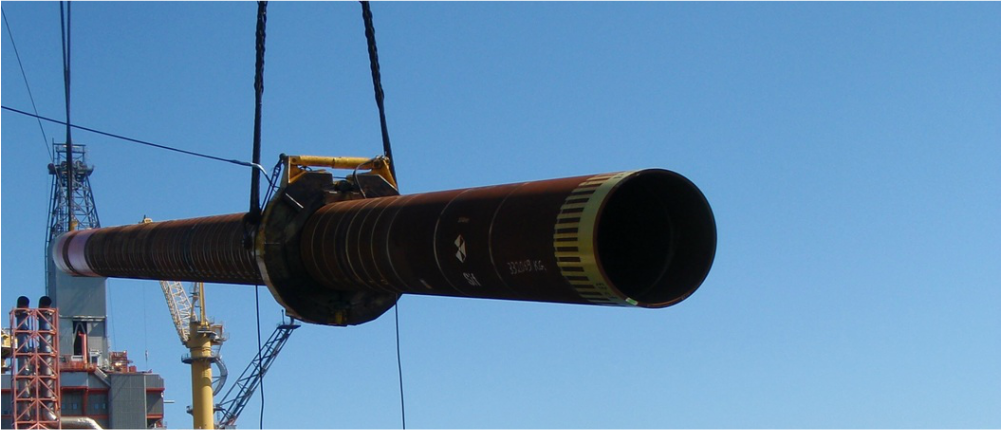Foundation Geotechnics
Introduction
The sizing of foundations has a direct impact on fabrication cost, the vessels that can be used for installation and the duration of installation. In other words three of the main drivers for project cost.
The most efficient foundation selection is a function of soil conditions, function of the supporting structure and magnitude/direction of the predominant loading on the foundation. Clearly the resulting design should be installable. Any foundation design should be kept as simple as possible, there is no reason to start making things more complicated than they need to be. However, by over simplifying the design it is possible that significant optimisations may be overlooked which could result in savings to offshore costs and this should not be forgotten, even at the expense of extra engineering time.
The following structures, amongst many others, are commonly installed as part of offshore oil / gas and / or renewables projects:
The links below provide some general guidance on the industry design codes and advanced analyses methods commonly adopted for the design of shallow foundations, driven piles and suction piles for offshore projects.
Design Codes
The following foundation design codes are most commonly adopted in offshore geotechnical detailed design:
Advanced Analyses
Most of the foundation design codes allow for the use of advanced analyses methods to compliment their own recommendations. Indeed this is often a requirement if a fuller understanding of foundation behaviour under 3 dimensional loading is sought, particularly if non-homogeneous soils are present. There is an ever growing database of published literature on various examples of problems which have been solved using Limit State and Finite Element Analyses (or indeed Material Point Method).
The sizing of foundations has a direct impact on fabrication cost, the vessels that can be used for installation and the duration of installation. In other words three of the main drivers for project cost.
The most efficient foundation selection is a function of soil conditions, function of the supporting structure and magnitude/direction of the predominant loading on the foundation. Clearly the resulting design should be installable. Any foundation design should be kept as simple as possible, there is no reason to start making things more complicated than they need to be. However, by over simplifying the design it is possible that significant optimisations may be overlooked which could result in savings to offshore costs and this should not be forgotten, even at the expense of extra engineering time.
The following structures, amongst many others, are commonly installed as part of offshore oil / gas and / or renewables projects:
- Pipeline End Manifolds (PLEM's)
- Pipeline End Terminations (PLET's)
- In-line Tee's (ILT's)
- Umbilical Termination Assemblies (UTA's)
- Subsea Distribution Assemblies (SDA's)
- Protection Structures
- Jacket structures
- Wind turbines
The links below provide some general guidance on the industry design codes and advanced analyses methods commonly adopted for the design of shallow foundations, driven piles and suction piles for offshore projects.
Design Codes
The following foundation design codes are most commonly adopted in offshore geotechnical detailed design:
- DNVGL-RP-C212 (supersedes DNV CN 30.4 1992)
- DNV E303
- API RP 2GEO
- ISO 19901-4
Advanced Analyses
Most of the foundation design codes allow for the use of advanced analyses methods to compliment their own recommendations. Indeed this is often a requirement if a fuller understanding of foundation behaviour under 3 dimensional loading is sought, particularly if non-homogeneous soils are present. There is an ever growing database of published literature on various examples of problems which have been solved using Limit State and Finite Element Analyses (or indeed Material Point Method).
